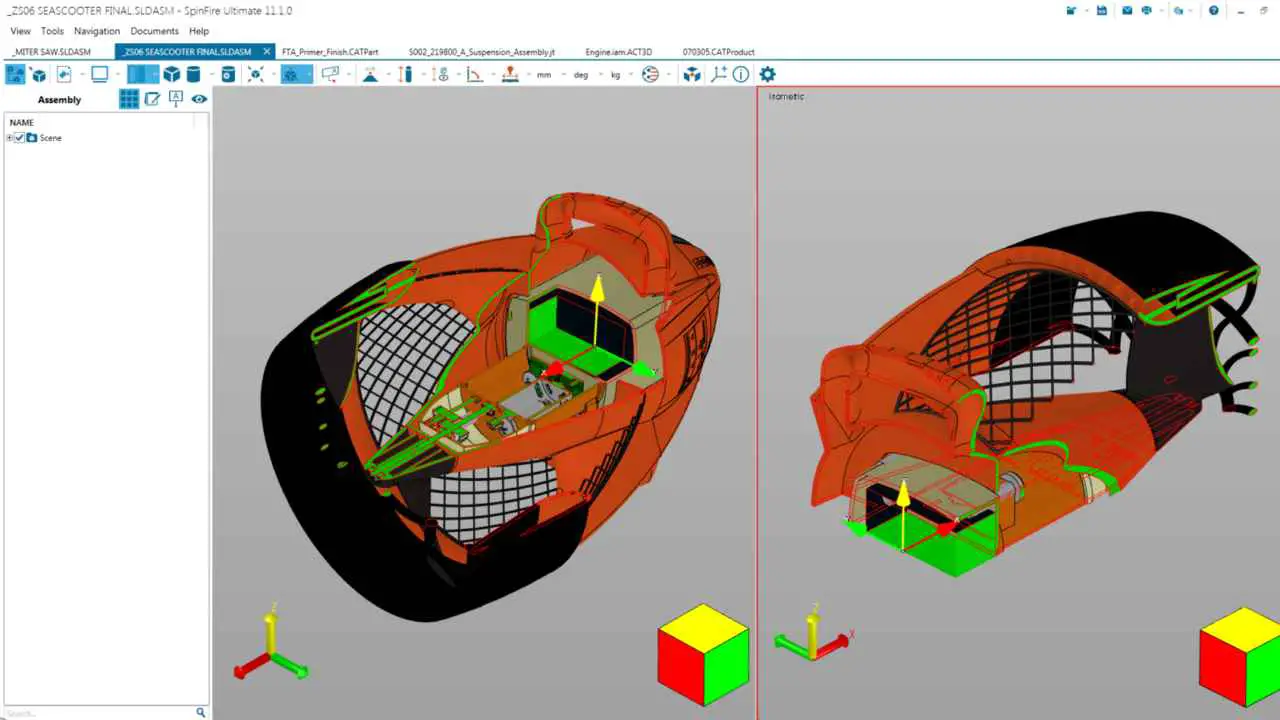Design for additive manufacturing (DFAM) is a collection of rules and best practices that designers and engineers must follow to achieve high levels of success in printed part designs. Additive manufacturing (AM), known commonly as 3D printing (3DP), encompasses multiple technologies, such as stereolithography (SLA), selective laser sintering (SLS), fused deposition modeling (FDM), direct metal laser sintering (DMLS), and others. DFAM incorporates considerations involving the chosen technology to print your parts, part geometry, materials used, and any post-processing steps needed to strengthen or improve the look of your parts. And always, there are cost considerations. Depending on how you design your part, it could be exceedingly expensive, or cost-effective. Central to this discussion is ensuring a design’s printability. Locanam has the reputation of being the Wild West when it comes to manufacturing design—anything goes there—but that’s not true. Just as with molding, machining, or sheet metal fabrication, there are design limitations that, if not considered, will cause part failures during build, or worse, during end-use. But that said, Locanam does offer a wider range of complex geometric possibilities than any other standard manufacturing process. It can also prove to be a time-saver when compared to parts that once had to undergo multiple processes to complete.


